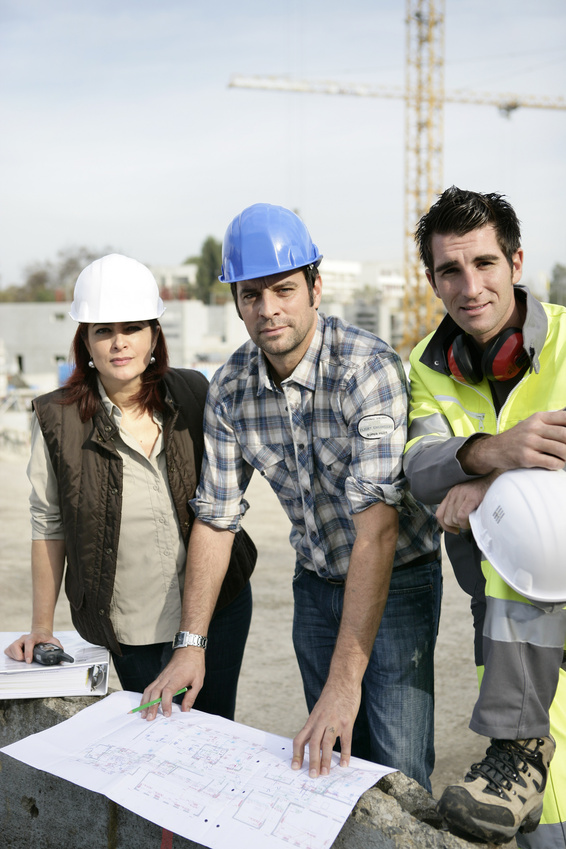
Safe workers are productive workers. The Occupational Saftey and Health Act (OSHA), dating back to 1970, helps enforce job safety regulations. OSHA completes regular safety inspections, and creates safety regulations for several kinds of occupations. For example, OSHA advises construction companies on how to train their employees in slip, trip, and fall safety. Basically what this mean is that the presentation called Fall Protection Training Phoenix AZ should be very similar, if not exactly the same, as Fall Protection Training Omaha, NE.
OSHA Fall Protection Training is regulated and presented as standards so that every worker, no mater what state they work in, can be given the best training in how to be safe in the work environment. In its simplest form, OSHA Fall Protection Training involves a three step process to prevent dangerous falls and save lives. The steps are: plan, provide, and train.
Companies have a number of ways to protect workers from falls, including conventional systems such as guardrail systems, safety net systems and personal fall arrest systems (PFAS) as well as through the use of safe work practices and training. PFAS require three components: anchorage/an anchorage connector, body wear, and a connecting device.
Fall protection courses work, whether they are Fall Protection Training Phoenix AZ or Fall Protection Training Anchorage AL. Consider the following statistic, for example: worker injuries and illnesses are down from 10.9 incidents per 100 workers in 1972 to 3.4 per 100 in the year 2011. The success of the training could be attributed to the fact that OSHA is very specific about who needs to be trained and in what circumstances. OSHA requires, for example, that fall protection be provided at elevations of:
- four feet in general industry workplaces,
- five feet in shipyards,
- six feet in the construction industry
- and eight feet in longshoring operations.
By being so specific in listing when training is required, OSHA guidelines leave no room for debate. Workers who are six feet or more above lower levels are at risk for serious injury or death if they fall. To protect these workers, employers must provide fall protection and the right equipment for the job. This proper equipment includes the right kinds of ladders, scaffolds, and safety gear. Employers must also train workers in hazard recognition and in the care and safe use of ladders, scaffolds, fall protection systems, and other equipment they’ll be using on the job. These safety and precaution presentations and requirements cost money so when estimating the cost of a job, employers should include safety equipment and the necessary training for the individual work site. Employers must also plan to have all the necessary equipment and tools available at the construction site.
Fall protection is just one example of OSHA regulations. Obviously, OSHA guidelines also include training in many other areas, including lifting chains, lifting equipment, lifting gear, lifting products, lifting slings. Without industry standards, however, workers in Nebraska might not be as safe as workers in New Hampshire. Standardizing Fall Protection Training Phoenix AZ to Fall Protection Training Miami FL, for example means that all workers have a more equal opportunity to work in a safe environment.
